Quarterly Client Letter: Q3 2023
A soft landing is a primary objective, and I did not say otherwise. I mean, that’s what we’ve been trying to achieve for all this time. The real point though, is the worst thing we can do is to fail to restore price stability…
Federal Reserve Chair Jerome Powell, Responding at Press Conference 09/20/2023
Checking In on the Federal Reserve’s Progress Towards Its 2% Inflation Target
Nineteen months ago, on March 17th, 2022, the Fed began raising its federal funds interest rate to combat inflation. Since 1982, the Fed has embarked on seven interest rate tightening cycles, including the current cycle. The average duration of the previous six cycles was twenty-one months, and the longest was thirty-six months. Three of those previous six cycles led to a recession.
The yield curve chart above captures the change in interest rates since the Fed started its current tightening cycle. There are three curves reflecting the interest rates of all maturities of U.S. Treasury securities (from a one-year Treasury bill to a thirty-year Treasury bond):
- Starting from the bottom, the purple line represents the yield curve on 12/31/2021, before the Fed began its current rate tightening cycle and the federal funds rate stood at a range of 0.00% – 0.25%.
- The green line captures the yield curve on 09/30/2022 and reflects the shift in interest rates after the fed funds rate had been raised five separate times, reaching a range of 3.00% – 3.25%.
- Finally, the blue line captures the yield curve on 09/30/2023, after fed funds reached a range of 5.25% – 5.50%.
Higher interest rates along the yield curve have tightened financial conditions through raising the cost of borrowing and restricting the availability of financing from banks. On banks’ balance sheets, as interest rates have moved higher on intermediate and long-term bonds, the current value of bonds owned by the banks have gone down, reducing the internal capital required to issue new loans. (The failure of Silicon Valley Bank and Signature Bank earlier this year were extreme examples of how a drop in bond prices can impact a bank.) Since the Fed began its tightening cycle bond prices have gone down double digits, with the U.S. Aggregate Bond Index recently down (-3.22%) in the 3rd quarter.
The next chart is a ten year look at the Fed’s preferred inflation gauge, the year-over-year Core Personal Consumption Expenditures Index. This is the number to watch when judging whether the Fed is meeting its 2% inflation objective. Illustrated on the chart, the spike in inflation during the pandemic is striking. After effectively heading straight up to a 5.57% high in February of 2022, it has rolled back down to a 3.88% rate as of the end of August 2023. As the Fed has been saying a lot lately, “the job is not done,” but, at least for now, inflation is headed in the right direction.
Soft Landing (When the Fed tightens monetary policy to fight inflation but does not cause a recession.)
In the quote that opened this letter, Fed Chair Jerome Powell pushed back on the assertion that he had said a soft landing was not a primary objective of the Fed’s current monetary policy. But Powell then quickly qualified that price stability is the most important objective. And, in general, I would agree with his priority, not only because I believe in the long-term benefits of price stability (in our current world, defined as a 2% inflation rate), but also because I believe the Fed needs to maintain its credibility as an inflation fighter to effectively help address future economic challenges, boom or bust.
As a portfolio manager and an investor, I do get a little frustrated with the time it can take for an interest rate tightening cycle to play out, but I also fully understand that the U.S. economy is a big ship to turn and there are many forces at play in the process. What I love about this part of the cycle, however, as both a portfolio manager and an investor, are the opportunities created to capture income and growth for the future.
We hope this letter finds you and your family well. We appreciate your business, and we continue to work hard to earn the trust that you have placed in us. Please let us know if you have a friend or a family member who could use our assistance.
John McCorvie, CFA
Advisory Services offered through Peak Asset Management, LLC, an SEC registered investment advisor. The opinions expressed and material provided are for general information, and they should not be considered a solicitation for the purchase or sale of any security. The information in this material is not intended as tax or legal advice. Please consult legal or tax professionals for specific information regarding your individual situation. This content is developed from sources believed to be providing accurate information and may have been developed and produced by a third party to provide information on a topic that may be of interest. This third party is not affiliated with Peak Asset Management. It is not our intention to state or imply in any manner that past results are an indication of future performance. Copyright © 2023 Peak Asset Management
share article
Get our latest insights
Subscribe to our quarterly newsletter for all the latest news and information about investing and financial planning.


